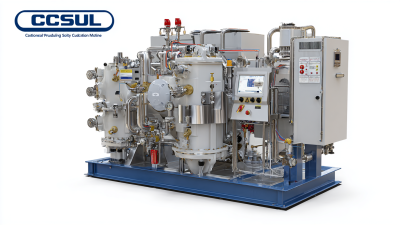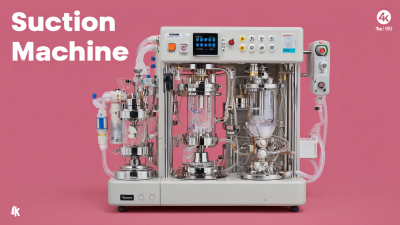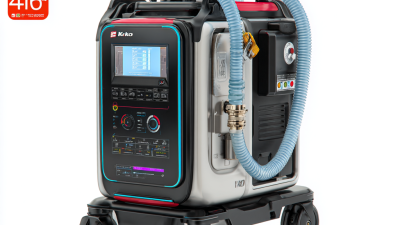When it comes to medical equipment, selecting the right tools can significantly impact patient care and outcomes. Among these tools, the Portable Suction Device stands out as an essential device for healthcare professionals, especially in emergency situations or for home care settings. With various models and features available on the market, choosing the best Portable Suction Device tailored to your specific needs can be overwhelming.

This ultimate guide aims to simplify that process by providing valuable insights into the different types of portable suction devices, their key characteristics, and considerations to keep in mind before making a purchase. Whether you are a healthcare provider, caregiver, or simply looking for a device for personal use, understanding the functionalities and benefits of a Portable Suction Device will empower you to make an informed decision that ensures the best care for those you serve.
Portable suction devices have become essential tools in medical settings, ensuring that healthcare professionals can effectively manage airway obstructions and other suction needs in various environments. According to the World Health Organization, an estimated 10% of all patients admitted to healthcare facilities require suction interventions, making the availability of portable devices crucial for timely and efficient care. These devices not only enhance patient safety but also support rapid responses in emergencies, where every second counts.
Recent data from the Global Market Insights report highlights the growing market for portable suction devices, projecting a compound annual growth rate (CAGR) of over 6% from 2021 to 2027. This growth is driven by increasing awareness of infection control in healthcare settings and the need for versatile suction solutions that can be used both in ambulatory services and home care environments. In addition, innovations in design and battery technology have made these devices more efficient and user-friendly, further solidifying their importance in delivering high-quality medical care to patients in diverse settings.
This chart illustrates the various factors to consider when choosing a portable suction device based on their usage in different medical settings. The data represents the average importance score (1-10) given by healthcare professionals for each factor.
When choosing a portable suction device, several key features must be carefully considered to ensure it meets your specific needs. First, suction power is paramount. A device with adjustable suction settings can provide flexibility for various tasks, from clearing airways in emergencies to general cleaning. Additionally, the portability and weight of the device play a crucial role; ensure that it is lightweight and easy to transport, particularly if it will be used in multiple locations or by those with mobility constraints.
Another important aspect to evaluate is the battery life and recharge time. A device that can operate for extended periods without needing a recharge is essential, especially in critical situations where accessibility is vital. Look for devices with user-friendly designs and easy maintenance features, such as washable filters and clear fluid collection systems. Finally, consider the warranty and customer support options, as reliable service can safeguard your investment and ensure the device performs optimally over time.
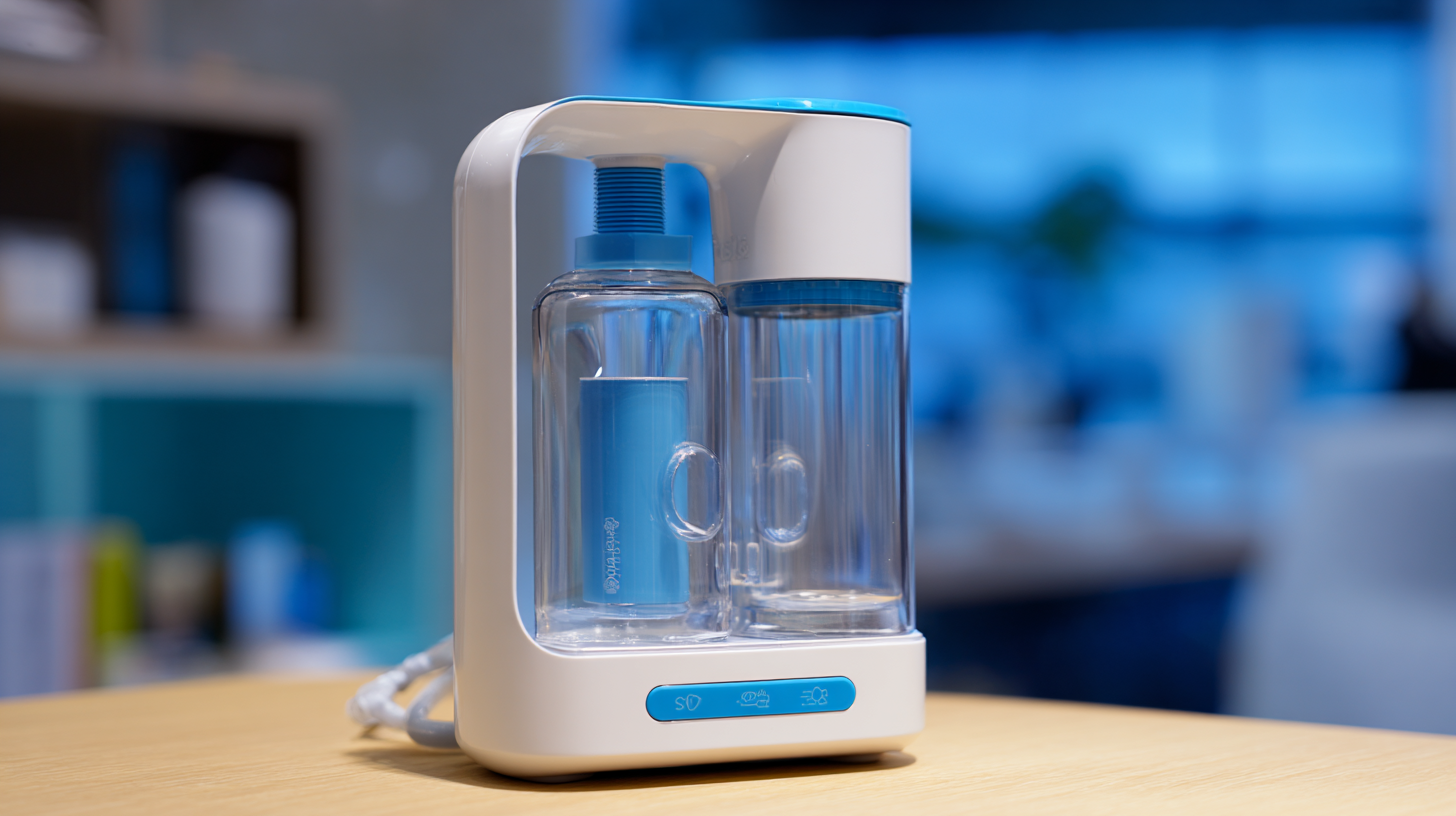
When choosing a portable suction device, understanding the different types available can significantly impact your decision. The most common types include electric, battery-operated, and manual suction devices. Electric devices offer high suction power and are typically used in clinical settings, making them suitable for patients who need consistent suction. However, they usually require access to an electrical outlet, which can limit their portability.
Battery-operated devices provide more flexibility as they can be used in various locations without the need for a power source. They are ideal for emergency situations or for patients who are frequently on the move. While they tend to be less powerful than electric models, advancements in technology have significantly improved their efficiency. On the other hand, manual suction devices, while the least powerful, can be beneficial in low-resource settings or for those who prefer a more hands-on approach. They require physical effort, which may not be suitable for every patient, but they are lightweight and easy to transport.
Each type of portable suction device has its own set of advantages and disadvantages. Assessing the specific needs of the patient, the intended use case, and the frequency of mobility can help guide your choice. Whether prioritizing power, portability, or simplicity, understanding these options will aid in making an informed decision tailored to individual requirements.
When selecting a portable suction device, the first step is to thoroughly assess your specific needs. Consider the primary purpose of the device—whether it’s for medical emergencies, post-surgical care, or routine maintenance of respiratory health. Each use case may require different suction capabilities, tank sizes, and portability features. For instance, if the device is intended for emergency use in a transport setting, a lightweight model with a powerful suction capacity may be essential.
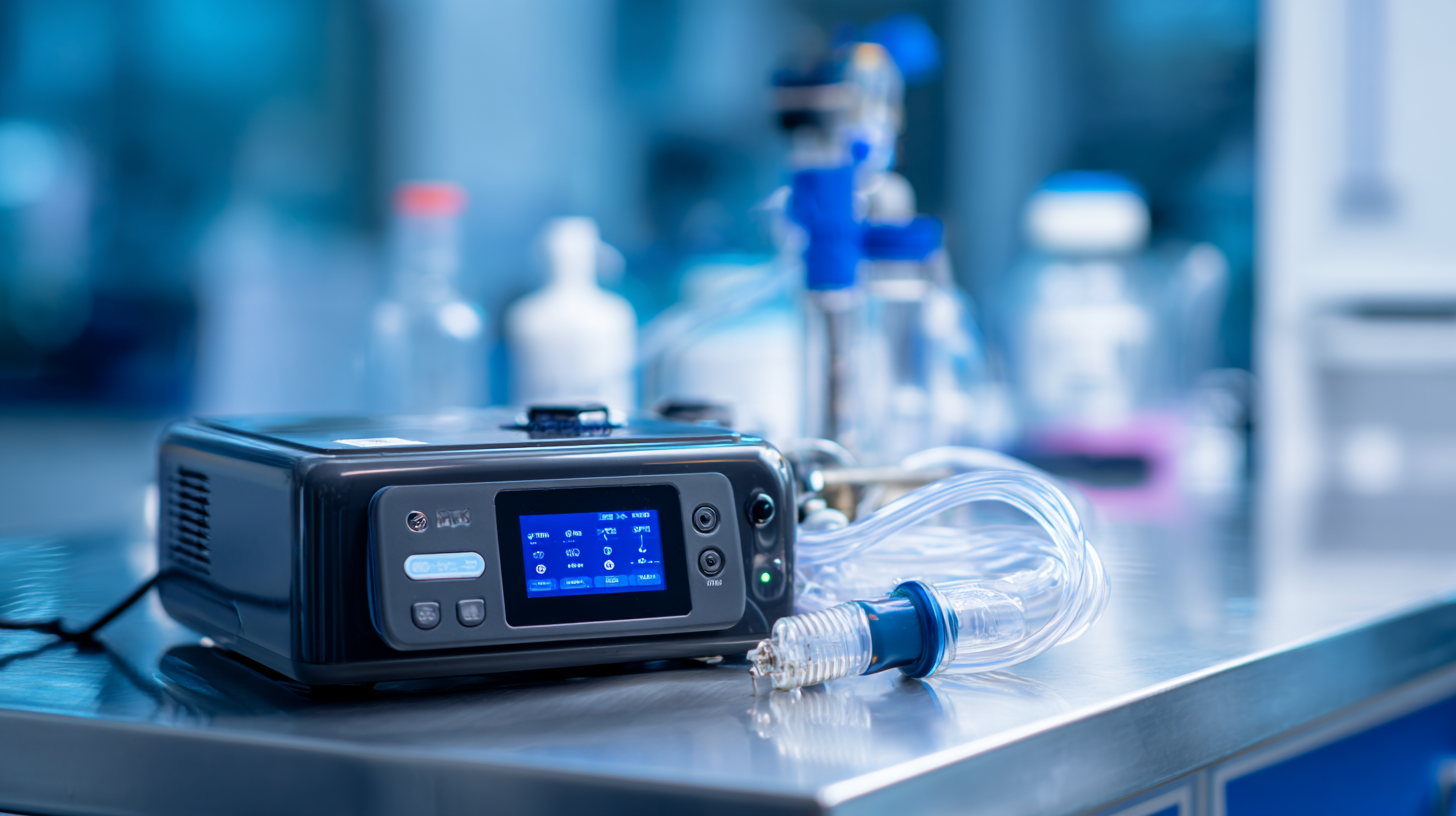
Additionally, think about the environment in which the device will be used. If you are operating in a remote area, battery life and durability become critical factors. Evaluate the ease of use, as a device that is user-friendly will be crucial in emergencies or for individuals with limited training. Lastly, consider the maintenance aspects, including ease of cleaning and whether replacement parts are readily available. By thoroughly understanding your specific needs, you can make a more informed choice that ensures the device will meet your expectations in real-world scenarios.
When considering the purchase of a portable suction device, budgeting becomes a crucial factor. It's essential to balance cost with value, ensuring that the selected device meets both financial constraints and medical needs. According to recent industry reports, portable suction devices can range significantly in price, from basic models around $100 to high-end variants exceeding $1,000. This range often reflects the quality, durability, and the extent of features, such as battery life, suction strength, and portability. Therefore, a thorough assessment of personal or clinical requirements against budgetary constraints is pivotal.
Moreover, many healthcare professionals and patients are now concerned with maximizing their investment. The choice of a portable suction device should not solely focus on initial cost but also consider potential long-term savings. For instance, devices with durable components and efficient designs can reduce replacement costs and maintenance needs in the long run. Consumer satisfaction surveys indicate that devices which strike a good balance between price and performance often lead to better user experiences and outcomes. Thus, understanding the cost versus value proposition is imperative when selecting the right portable suction device for individual needs.
